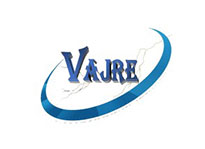Trusted By :


















An Overview- Patent Filing in India
Benefits of Patent Filing In India
Benefits of filing a patent in India are as follows-
Detailed Process of Patent Filing in India
The step-by-step process of patent filing is mentioned below:
1
Determine whether or not your innovation is patented.
2
Compose the Patent Application
You may now begin the process of filing for a patent. Indian applicants must complete Form 1 of the Indian Patent Application. Each patent application must include a Form 2 patent specification. Depending on the stage of innovation, you can file a provisional or a complete patent application.
This means that if your innovation is still being tested, you must file a provisional patent application. You have 12 months to complete the innovation and file a complete patent application.
3
Patent Application Filing
4
Publication of Patent Application
5
Examination of the Patent Application
6
Patent Grant decision
FAQs on Patent Filing in India
 Reviews
Reviews


Ajay Kumar
7 months ago


Babusona Pandit
11 months ago


Ishika Thathera
a year ago


Dr. Nitin Jha
10 months ago


Neena Singh
11 months ago


Mridulla Bhardwaj
11 months ago


Prince Siddhartha Politically Private
11 months ago


manjeet singh
11 months ago


Navin Kumar
11 months ago


Mrityunjay Singh Hacker
a year ago


kasulla rachana
a year ago


Pooja Vishwakarma
a year ago


Abhi Rawat
11 months ago


Aadi Kumar
11 months ago


Laxmi
a year ago


Deo Naveen
11 months ago